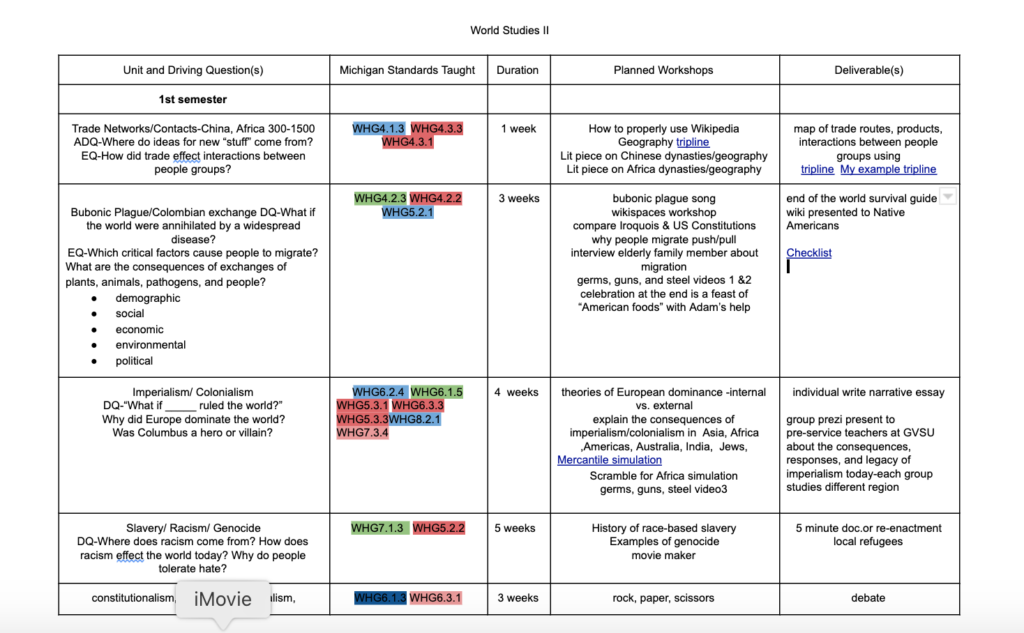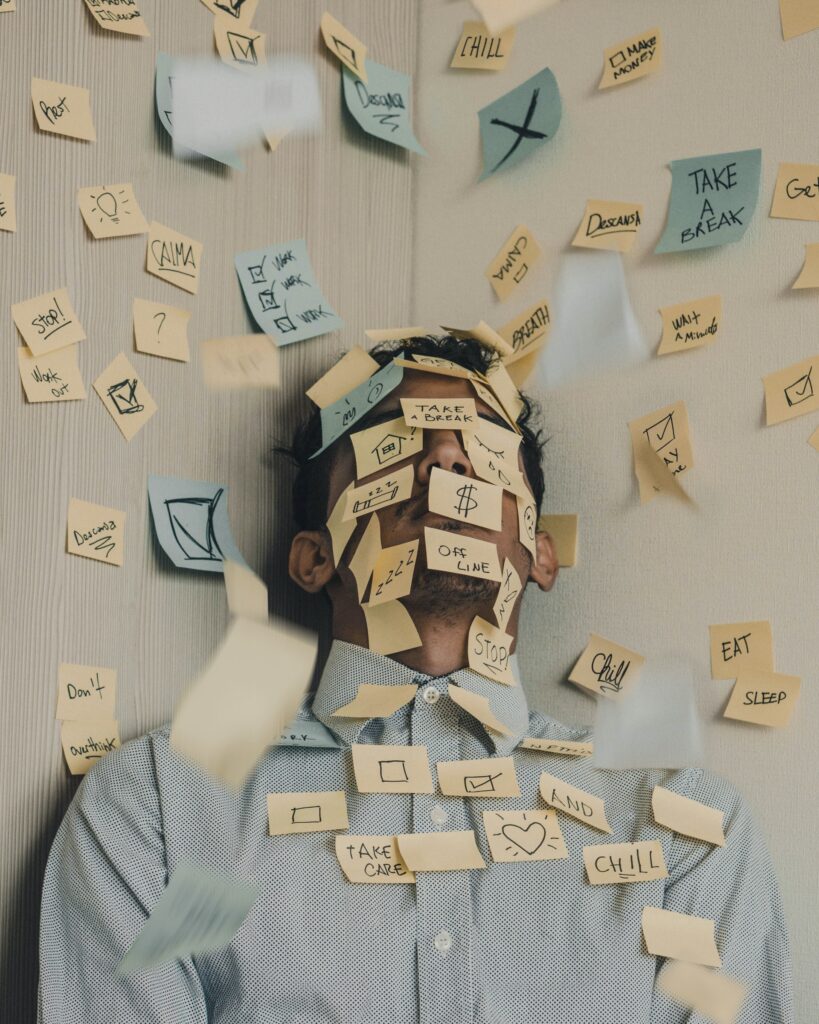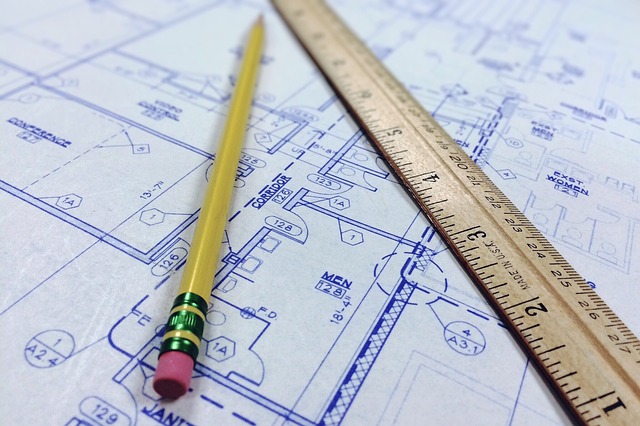This has been a year like no other, and this summer teachers need to first take care of themselves and then prepare for next year. This is the fourth of a series of posts about how to plan for SEL and PBL as we hopefully return to face-to-face learning next year. Hopefully you have rested and reflected. I have argued that PBL is the answer to how to address the diverse needs of students after this trying year. It focuses on skills and allows for natural differentiation.
Hopefully you are convinced that PBL is the method, but what does it look like to plan for PBL this year? What should you do now? What should you avoid doing?
PBL Experience
The first thing to consider is you and your students’ experience level with PBL. Are you a seasoned PBL veteran or maybe this past year was your first attempt with PBL? Do you use PBL all of the time or for only parts of your curriculum? Will you be teaching the same class or subject as last year or are you in a different position or school? Are you comfortable and confident in the PBL framework or still finding your sweet spot? It’s important to keep in mind a plan that is going to work for you.
What about your students? Do you teach in a comprehensive PBL school where students experience it in every classroom? Or more likely, is PBL limited to a few classrooms or is a new initiative for you and your colleagues? If you are an experienced PBL teacher, but your students are not, then you will need to adjust your planning to match them.
It is vital to consider the comfort level of students for how you introduce PBL to them.
With an accurate perception of you and your students PBL background, determine how much of the year will be dedicated for full-fledged projects. You should always include aspects of PBL such as questioning, inquiry, critiques, and reflection in all of your planning, but which parts of the year will the lights be on all the way?
Big Picture
Once you have determined the number of projects, plot out a scope and sequence for the year. You may already have a mandated scope and sequence to follow. If that’s the case, ask your administration if you can ‘pilot’ something different with PBL. Assuming that you gain some control over your curriculum, there are numerous approaches for big picture planning. Here’s how I like to do it.
In secondary science, social studies, or electives classes print out your standards, cut them into strips, and sort them by themes. If you have essential or power standards, focus on these first. Divide the strips into 8-10 piles that will each turn into a project. Next plot out a logical order to the themes so that they build on each other and put them into a spreadsheet or table. Create columns as shown below.

Next estimate how long to spend on each project based how long you would normally spend on that group of standards. Of course these will also need to add up to the number of total weeks for your class. Build in some flex time for the inevitable interruptions of snow days, assemblies, holidays, etc.
Dream Big
Now comes the fun part. Design project ideas around each theme of standards. Find inspiration all around you. Look to your community for connections to your standards. What professionals use your content in their jobs? Look to current events, student interests, or research what projects other teachers have done. Imagine that you have an unlimited budget. What would you do? How could you scale that down to no money at all?
Limit your planning to the main idea of the project, the driving question, potential community partnerships, and final products. You might fill in a few things for the planned workshops, but for the most part that column should remain blank. You have not met your students yet, so it is not the time to plan every detail. The goal for now is an overarching plan for the year. Then you can plan the details of your first project only. Save the rest for after you get to know your students because your project ideas should shift over time.
Alternatives
If you are a self-contained elementary teacher, you can follow the same general plan. Projects tend to live in the science and social studies curriculum, so build your project around a set of those standards. ELA and math are skills based content. Once you have a science or social studies project, bring in English standards by adding various literature from non-fiction to novels to poetry. Tie in specific writing standards that match the final product. Reading and writing are always skills to be practiced in every PBL project.
Do the same thing with math. Find ways to practice specific math standards with data collected during the inquiry stage of the project. Have students plot graphs and charts to explain their conclusions. Students can analyze statistics that they collect or from reliable sources.
For secondary ELA teachers, I recommend designing projects around a theme from literature, student interests, or the news. Reading and writing standards are flexible about the ‘what” so allow student voice and choice. It is important to distinguish that the project is not about the book, but the theme of the book. So instead of a project about Lord of the Flies, the project is about how and why humans create government. Consider teaming up with a social studies teacher and launching a project together.
It is similar for secondary math teachers. Find a project theme in science or social studies and use math to explore it. Look at the math behind climate change, poverty, inequality, or physics. Think of PBL math as an authentic story problem that students actually care about solving. The one caveat for math teachers is that I recommend only one project a semester as there are too many discreet content standards in this content area. Consider teaming up with a science teacher and launching a project together.
Collaboration
The other powerful result from summer planning is the opportunity to plan an integrated project with other teachers. Elementary teachers who teach the same grade level can collaboratively plan out some projects. Or maybe design some multi-grade level projects for your students.
For secondary teachers, compare your standards with other disciplines for cross over standards. For example biology and world history both look at topics such as human-environment interactions, travel of invasive species, social Darwinism, and race. English teachers can plan to read certain literature to match social studies themes. Geometry standards could be integrated into arts classes. Math can be found in almost any science class, along with economics and government.
Look at your scope and sequences and plan in a way that you and your colleagues are addressing the cross-over standards at the same time during the year. You may have to shift some things around but it is worth it to plan a cohesive, integrated project. This kind of planning needs to happen before the year starts. Otherwise everyone will already be committed to the path that they have chosen.
Interested in how you can create a positive culture by developing SEL skills integrated in your classroom? Check out my virtual workshop this Friday! I am also booking workshops with schools across the country on PBL and SEL.


